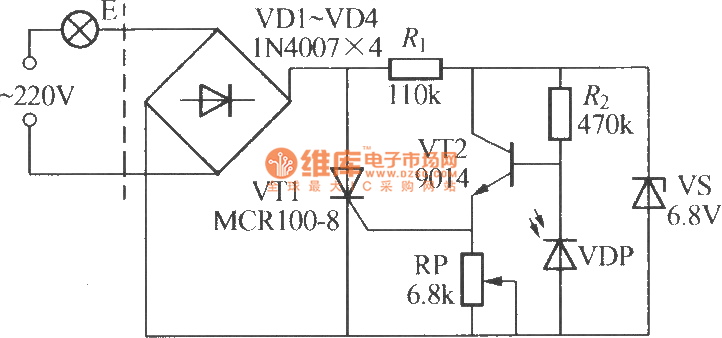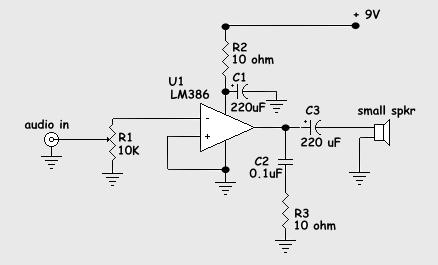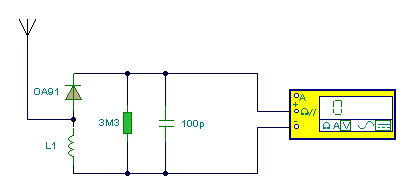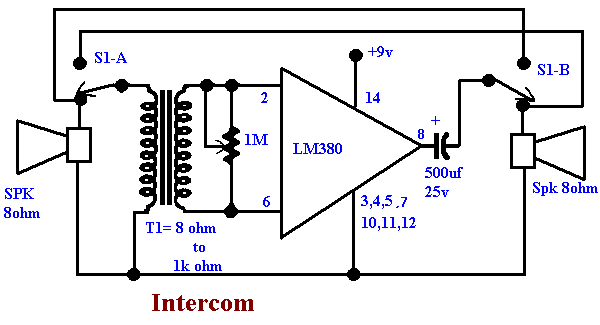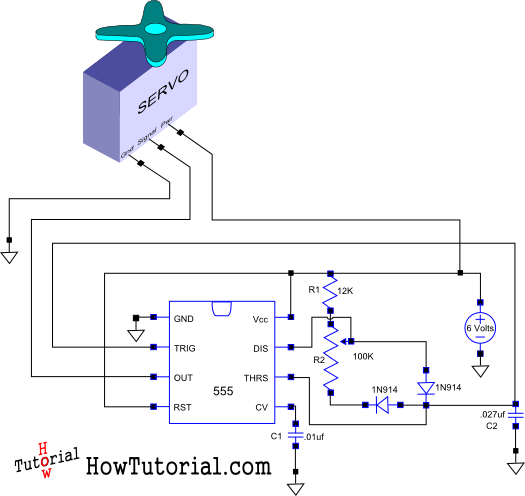
Simple Surround Processor
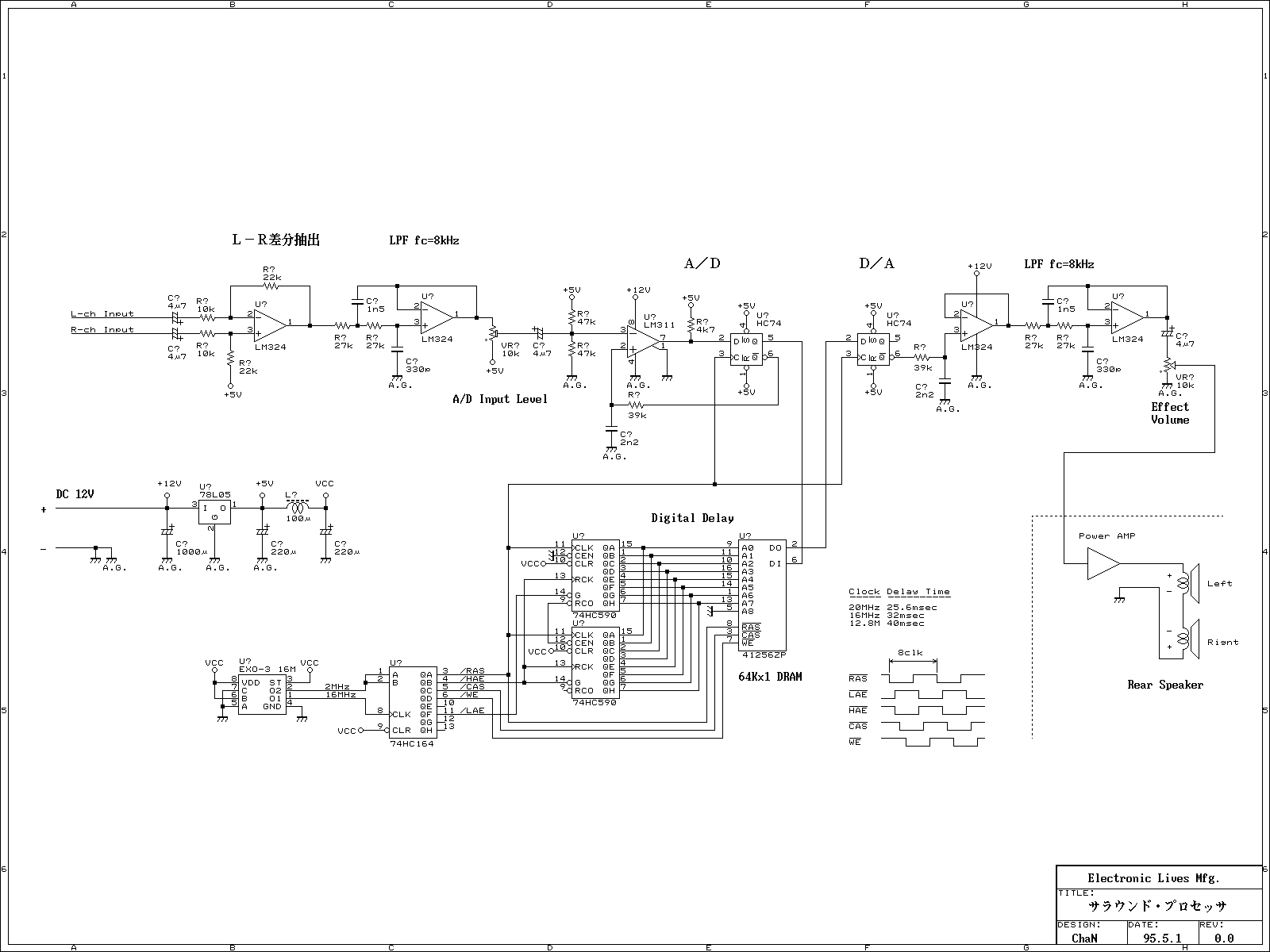
This is a simple Surround Processor with the digital delay method. This audio processor is not using any special function ICs that are difficult to obtain personally and is designed using only general-purpose ICs. The Digital Delay Block of A-D, D-A, and delay logic is also implemented using only general-purpose ICs. This is the key feature that makes it easy to build. The type of this Surround Processor generates the surround effect by processing two channels of stereo source. Most of these processors generate the surround effect by separating reverberations from the source signal, applying various processes, and then mixing it to the front channels or outputting it as the rear channel. Separated reverberations are applied to delay, simulating sounds reflected in a hall. This is an important process in every surround processor. Delay time is typically several tens of milliseconds, and this time affects the characteristics of the surround effect.
The Surround Processor described utilizes a straightforward architecture primarily based on general-purpose integrated circuits (ICs) to achieve a digital delay effect, essential for creating a surround sound environment. The system begins with an analog-to-digital converter (ADC) that captures the incoming stereo audio signal. This signal is then processed through a digital delay circuit, which can be constructed using basic logic ICs and memory elements to store samples of the audio signal for a specified duration.
The digital delay block is crucial in creating the perception of space and depth in the audio output. By delaying the reverberated signals, the processor mimics the natural reflections one would experience in a physical environment, such as a concert hall. The delayed signals are then mixed back with the original audio channels, allowing for the creation of a front stereo image while also generating a rear channel output that enhances the surround experience.
The typical delay time of several tens of milliseconds is significant, as it directly influences how the human ear perceives the spatial characteristics of the sound. Shorter delays may create a more immediate surround effect, while longer delays can enhance the sense of distance and immersion.
The output stage of the processor involves a digital-to-analog converter (DAC), which converts the processed digital signals back into analog form for playback through speakers. This final stage is critical as it ensures that the surround sound experience is delivered accurately to the listener.
Overall, this Surround Processor design emphasizes the use of accessible components, making it feasible for hobbyists and professionals alike to construct an effective surround sound system without relying on specialized or hard-to-find ICs. The focus on general-purpose components not only simplifies the design but also reduces costs and enhances availability for builders.This is a simple Surround Processor with the degital delay method. This audio processor is not using any special function ICs that difficult to get parsonaly, and desined in only general purpose ICs. Of course the Digital Delay Block of A-D, D-A and delay logic is also using only general purpose ICs.
This is the key feature that easy to build it. The type of this Surround Processor is generating the surround effect with processing two channels of stereo source. Most of those are generates the surround effect with separates reverberations from source signal and applies any processes, and then mix it to front channels or output as rear channel.
Separated reverberations are applied to delay as sounds refrected in the hall. This is important process on the every surround processors. Delay time is tipicaly several ten miliseconds, and this time affects the tendency of the surround effect. 🔗 External reference
The Surround Processor described utilizes a straightforward architecture primarily based on general-purpose integrated circuits (ICs) to achieve a digital delay effect, essential for creating a surround sound environment. The system begins with an analog-to-digital converter (ADC) that captures the incoming stereo audio signal. This signal is then processed through a digital delay circuit, which can be constructed using basic logic ICs and memory elements to store samples of the audio signal for a specified duration.
The digital delay block is crucial in creating the perception of space and depth in the audio output. By delaying the reverberated signals, the processor mimics the natural reflections one would experience in a physical environment, such as a concert hall. The delayed signals are then mixed back with the original audio channels, allowing for the creation of a front stereo image while also generating a rear channel output that enhances the surround experience.
The typical delay time of several tens of milliseconds is significant, as it directly influences how the human ear perceives the spatial characteristics of the sound. Shorter delays may create a more immediate surround effect, while longer delays can enhance the sense of distance and immersion.
The output stage of the processor involves a digital-to-analog converter (DAC), which converts the processed digital signals back into analog form for playback through speakers. This final stage is critical as it ensures that the surround sound experience is delivered accurately to the listener.
Overall, this Surround Processor design emphasizes the use of accessible components, making it feasible for hobbyists and professionals alike to construct an effective surround sound system without relying on specialized or hard-to-find ICs. The focus on general-purpose components not only simplifies the design but also reduces costs and enhances availability for builders.This is a simple Surround Processor with the degital delay method. This audio processor is not using any special function ICs that difficult to get parsonaly, and desined in only general purpose ICs. Of course the Digital Delay Block of A-D, D-A and delay logic is also using only general purpose ICs.
This is the key feature that easy to build it. The type of this Surround Processor is generating the surround effect with processing two channels of stereo source. Most of those are generates the surround effect with separates reverberations from source signal and applies any processes, and then mix it to front channels or output as rear channel.
Separated reverberations are applied to delay as sounds refrected in the hall. This is important process on the every surround processors. Delay time is tipicaly several ten miliseconds, and this time affects the tendency of the surround effect. 🔗 External reference
